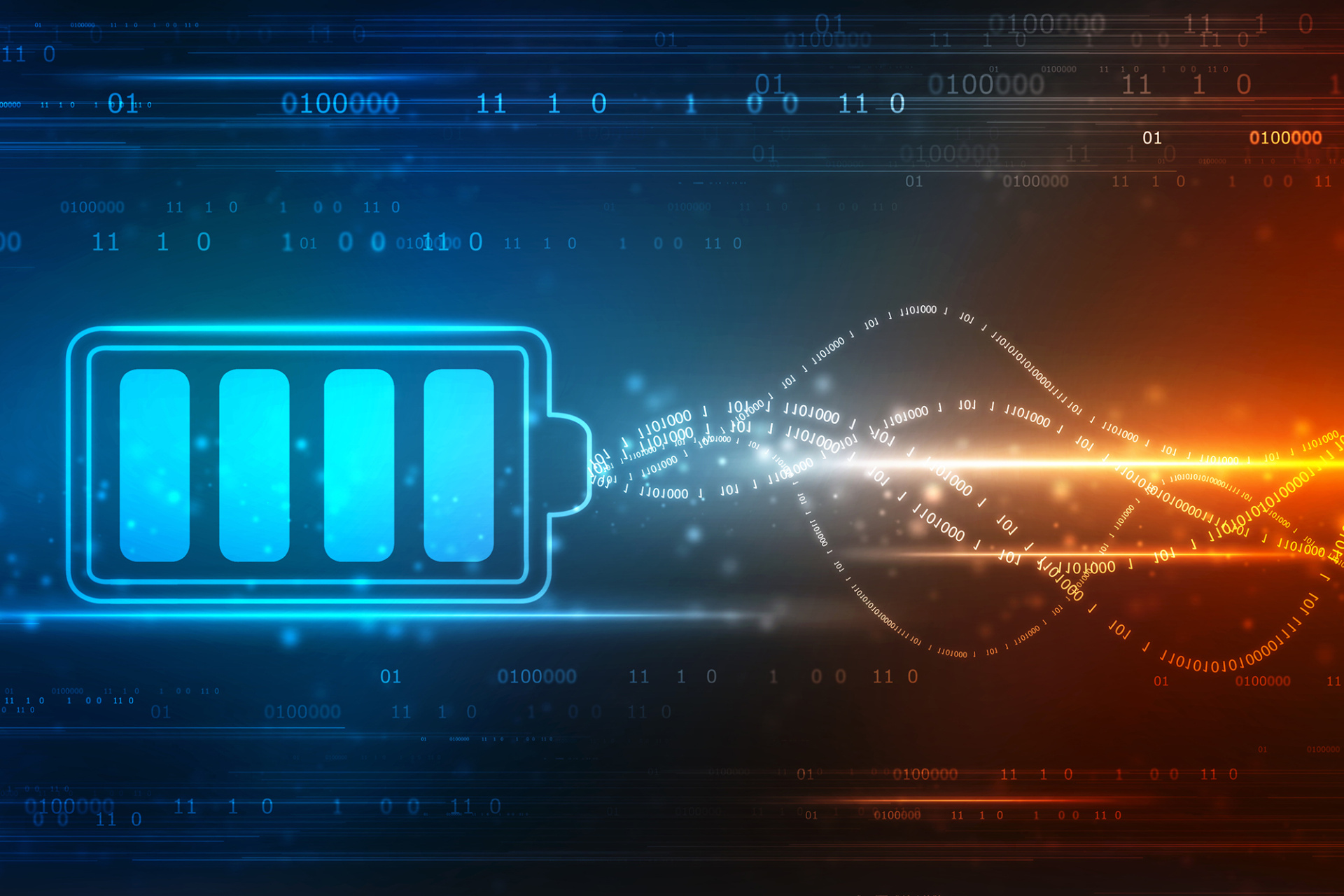MoreIsLess
Li-ion batteries (LIBs) are currently the most promising energy storage technology for portable and mobile applications. High-capacity materials such as silicon (Si) and Si-based materials as well as high voltage cathodes have long been considered to be the materials for the next generation of LIBs. Despite significant efforts, the use of these materials is still limited due to poor long-term stability. An alternative pathway to increase the performance of modern LIBs is the development of thicker electrodes. This approach will result in an increased ratio of active components (anode/cathode) to inactive components (current collector, separator, casings) and consequently substantially increase the battery’s energy density.
Challenges
The increase of the electrode’s thickness comes with several challenges, such as
- longer pathways for the Li ions to reach all active sites, reducing the rate capabilities and increasing the overpotentials
- longer paths for the electronic transport, leading to increased electrical resistance of the electrodes.
Thus, the increase in energy density comes at the cost of lower power densities. Additionally, the currently adopted manufacturing routines for LIB electrodes (slurry/tape casting) have substantial limitations: the preparation of thicker electrodes typically results in cracking and delamination of active material layer. Therefore, new methods and procedures are required to obtain electrode’s thicknesses above current state-of-art (> 100 micrometer).
Objectives
The aim of this project is to develop electrodes for LIBs with optimized ionic and electronic transport properties that are capable of delivering higher energy densities without compromising power density, i.e., deliver fast charging performance to LIBs with high energy density. To achieve this, we will work to
- Increase the understanding on the electrode structure by combining advanced fabrication, advanced characterization, modelling of electrodes with different thicknesses and commercial cell testing.
- Develop methods for fabrication of thick electrodes using roll-to-roll pasting technology, through optimization, and control of ionic and electronic conductivities, porosity, tortuosity, and dispersion.
- Use and develop modelling tools coupled with real time data to accelerate learning.
- Evaluate and suggest methods for up-scaling of thicker electrode.
This will both maximize the output of and accelerate research efforts in the field, and thus be invaluable for both the Norwegian and International battery research groups and, by extension, the international community.
Project Team
MoreIsLess is a collaborative and knowledge-building project (KSP) funded by the Research Council of Norway and several Norwegian industry partners. The project is coordinated by IFE with scientific partners from the Norwegian University of Science and Technology (NTNU), the University of Oslo (UiO) and the University College London (UCL). The industry partners are Freyr, Equinor, Morrow Batteries, Norsk Hydro and Cenate.
